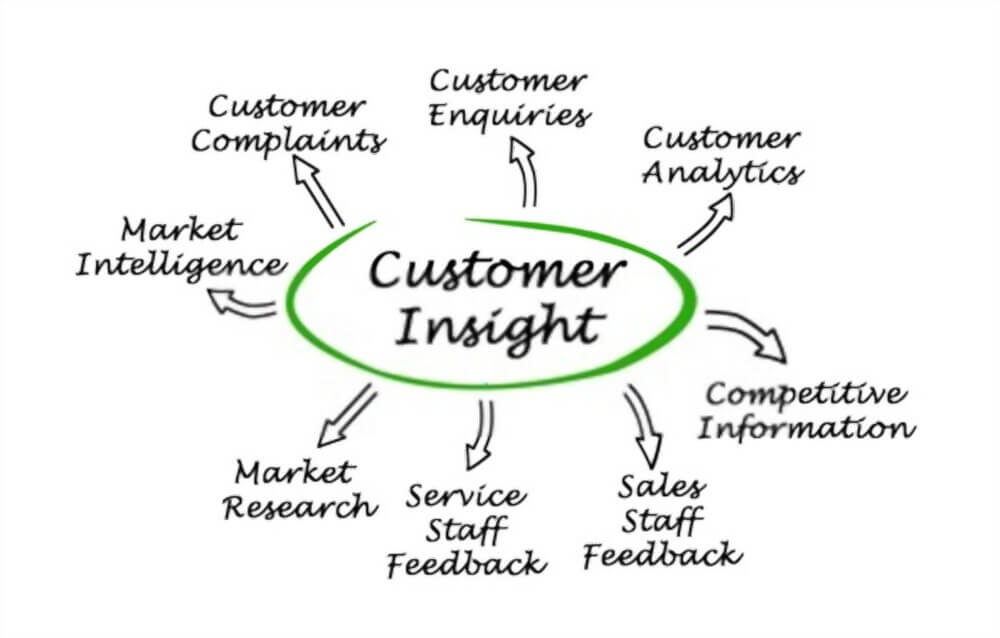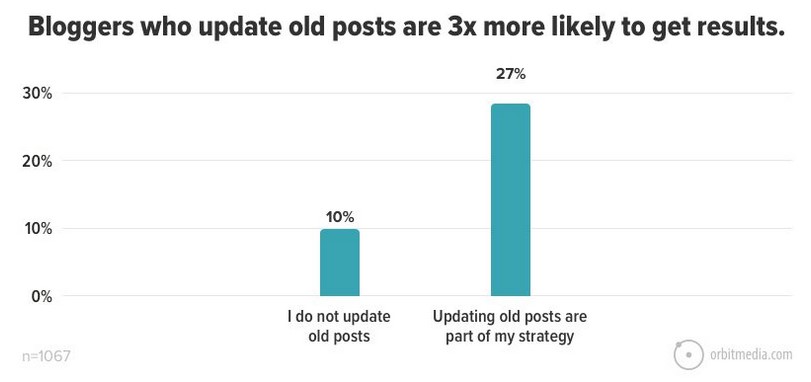Håndtering av innholdets livssyklus
Hva er livssyklusstyring av innhold?
Livssyklusstyring av innhold er håndtering av innhold fra planlegging, utarbeidelse, markedsføring, evaluering og vedlikehold.
Alt har en livssyklus: planter, dyr, datamaskiner og, ja, mennesker. Men hva er livssyklusstyring av innhold, og hvorfor trenger vi det?
70 % av alle bedrifter benytter seg av innholdsmarkedsføring, og derfor er det avgjørende for bedriftens arbeidsflyt og suksess at du forstår innholdets livssyklus.
La oss se nærmere på hva som kjennetegner innholdets livssyklus, og hvordan du kan optimalisere den for å forbedre innholdsstrategien din.
Det viktigste å ta med seg:
-
Livssyklusstyring av innhold er begynnelsen, midten og slutten av dataproduksjonen
-
Hvis du vil løfte merkevaren eller bevare omdømmet ditt, må du sørge for førsteklasses livssyklusstyring av innhold allerede fra innholdsproduksjonen
-
De fem fasene i livssyklusstyringen av innhold er planlegging, produksjon, markedsføring, evaluering og vedlikehold
Livssyklusstyring av innhold definert
Innhold kommer i ulike former. Det kan være en blogg på et nettsted, en infografikk, en podkast eller en video, og du kan til og med utnytte innhold for gjenbruk hvis det er behov for det. Disse måtene å spre informasjon på tiltrekker besøkende og kan resultere i konverteringer.
Du ønsker for eksempel å lage videoinnhold for merkevaren din. Temaet starter med et mål - i dette tilfellet merkevarebevissthet. Deretter bestemmer du at temaet for videoen skal være bedriftens misjonserklæring. Du lager et storyboard for videoflyten, skaffer skuespillere eller animatører, publiserer, promoterer og observerer resultatene. Når videoen blir utdatert, legger du ut en oppdatert versjon. Den opprinnelige formålsparagrafen har fullført sin livssyklus.
Hvorfor trenger du livssyklusstyring av innhold?
Bedrifter ser verdien av å produsere kontinuerlig innhold, men hvorfor er det nødvendig med livssyklusstyring?
Hvis bedriftens innhold inneholder mange tilfeller av utdatert materiale, vil Google redusere rangeringen din og markere det som enten "oppfyller i liten grad" eller "oppfyller ikke" brukernes behov. Foreldet innhold påvirker dessuten omdømmet til merkevaren din. Hvordan reagerer brukerne når de ser følgende?
-
En side for et utgått produkt eller en tjeneste
-
Profiler av ansatte som ikke lenger er en del av bedriften
-
Råd som ikke er i tråd med aktuelle hendelser
-
En side som ikke lastes inn på grunn av utdatert teknologi
Livssyklusstyring av innhold spiller en viktig rolle for brukeropplevelsen, og dermed også for funksjonalitet, inntekter og forretningsmål.
De fem fasene i livssyklusstyringen av innhold
Nå som vi har forstått hva livssyklusstyring av innhold innebærer, skal vi se nærmere på det. For innholdsskapere kan livssyklusstyringen deles inn i fem faser:
-
Planlegge
Før en virksomhet lager innhold, må den vite hvilket mål den håper å oppnå ved å publisere det. Her er noen ideer:
-
Ønsker du å øke besøkstrafikken?
-
Ønsker du å løse et smertepunkt hos en kunde?
-
Ønsker du å få flere henvisninger?
Når du har det overordnede målet, hvilken type innhold vil hjelpe deg med å nå det målet? Er det en forklaringsvideo? Eller kanskje en blogg? Hva med en podcast?
Det siste aspektet ved å sette et mål er å etablere en analyse av innholdet. Hva bruker du for å måle suksessen til innholdet? Er det antall likes og videredelinger? Eventuelt økningen i antall abonnenter? Er det økt salg av produktet ditt? Ved å lage en målestokk fra starten av får innholdet en klar retning.
-
-
Produser innholdet
Når du utvikler innhold for bedriften din, må innholdsstrategen ha kunden i tankene. Arbeidet vil falle til jorden hvis informasjonen ikke appellerer til kunden, eller hvis de ikke kan engasjere seg i innholdet. Følgende diagram viser de viktigste måtene å få innsikt i kjøperne dine på:

Bildekilde: https://www.formpl.us/blog/customer-insight
Deretter bør du involvere ulike avdelinger og interessenter i prosessen, for eksempel markedsføring og support. Deres perspektiv kan sikre at du utvikler et engasjerende produkt og metadata som snakker til merkevaren. Samarbeid på tvers av avdelinger har den ekstra fordelen at alle teamene har kunnskap om emnet hvis kunden skulle trenge hjelp. Kunden vil se at de jobber med en velorganisert virksomhet.
Til slutt bør du vedlikeholde innholdet på et sentralt sted som er tilgjengelig for alle teamene, for eksempel i et innholdsstyringssystem.
-
Publiser og markedsfør innholdet
Når medarbeiderne har finpusset innholdet, er det på tide å publisere og markedsføre det. Her er det viktig å forstå målgruppen. Hvilke sosiale kanaler foretrekker kundene dine? Markedsfør først via disse plattformene, samtidig som du inkluderer andre markedsføringsmetoder, for eksempel e-post og søkemotormarkedsføring (SEM).
-
Vurder resultatene
Vurder suksessen basert på målene som ble satt opp i fase én. Bruk webanalyseverktøyene dine til å se antall besøkende, tilbakevendende brukere, fluktfrekvens og henvisninger, og sammenlign dem med tidligere prosjekter. Fant innholdet gjenklang hos målgruppen? Var det mer lønnsomt enn tidligere prosjekter? Har du lært noe som du kan bruke i fremtidige prosjekter?
-
Utfør rengjøring
Som illustrert tidligere med huseksempelet, trenger innhold vedlikehold. Det finnes flere måter å ta vare på innholdet etter hvert som det eldes:
-
Legg til oppdateringer i innholdet. Hvis det er en blogg, kan du tilpasse den til aktuelle hendelser og statistikk. Merk deretter innlegget med det oppdaterte tidsstempelet. Det kan være effektivt å legge ut tidligere blogger på nytt, fordi URL-adressen kanskje allerede har tilbakekoblinger og autoritet, noe som gir høyere rangering i søk.
-
Hvis det er en video eller en podcast, kan du fjerne eller erstatte utdaterte deler. Igjen, vis den nye datoen.
-
Konverter populære blogger til en video eller podkast.
-
Hvis det meste av materialet er utdatert, kan du fortsatt bruke deler av det til nytt innhold.
-
Hvis det er tydelig at innholdet ikke lenger gir verdi, kan du slette det.

Bildekilde: https://www.orbitmedia.com/blog/update-old-blog-posts/
-
Trenger du hjelp med livssyklushåndtering av innhold?
For å løfte merkevaren eller bevare omdømmet må du sørge for førsteklasses livssyklusstyring av innhold. Optimizely kan hjelpe organisasjonen din med verktøyene og teknikkene som trengs for å administrere innholdets livssyklus, for eksempel webanalyse og innholdsinformasjon.
Kontakt oss for mer informasjon.